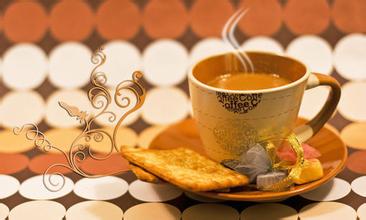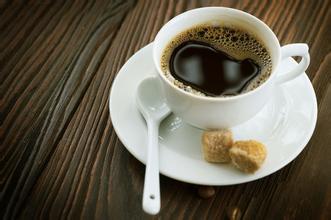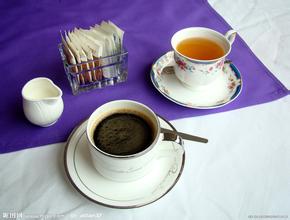Has Peruvian coffee been used as one of the stable and mellow mixed beans of comprehensive coffee?
Has Peruvian coffee been used as one of the stable and mellow mixed beans of comprehensive coffee?
Peru is also a big coffee producer. Up to 98% of Peruvian coffee is grown in forest areas, and most producers are small farmers. Coffee is high-quality and balanced and can be used for mixed drinks.
Peru has good economic conditions and a stable political situation, thus ensuring the good quality of coffee. In the mid-1970s, Peruvian coffee production was about 900000 bags a year, and then steadily increased to about 1.3 million bags a year. Although private exporters buy coffee in remote areas through middlemen, the main market is still monopolized by the government. Later, the private Comera de Exportadores de Cafe del Peru was established, which is committed to improving the quality of coffee. Its primary task is to set standards and eliminate inferior products, so as to create an atmosphere of quality supremacy. This positive move heralds a bright future for the coffee industry. Since then, rising prices have encouraged farmers to actively grow coffee rather than cocoa, the region's traditional cash crop.
Peru's finest coffee is produced in Chaximayo, Cusco, Note and Puno. Most Peruvian coffee is grown under natural conditions, but it is also difficult to confirm the cultivation of all coffee trees. Coffee grown under natural conditions costs 10% more than others and is exported to the United States and Japan.
The quality of Peruvian coffee is comparable to that of any kind of coffee in Central or South America. In addition to producing some of the high-quality coffee produced in Peru, most of the high-quality coffee produced in Peru is shipped to Germany to process mixed coffee and then to Japan and the United States, which also illustrates its high standard of quality.
★: general Peruvian coffee features:
The quality of Peruvian coffee is comparable to that of any kind of coffee in Central or South America. Peruvian coffee producers:
Up to 98% of Peruvian coffee is grown in forest areas, and most producers are small farmers.
Peru's finest coffee is produced in Chanchmayo, Cuzco, Norte and Puno. Most Peruvian coffee is grown under natural conditions, but it is also difficult to confirm the cultivation of all coffee trees. Coffee grown under natural conditions costs 10% more than others. Judging from poverty, farmers may not have the money to buy chemical fertilizers and pesticides. However, it is really difficult to confirm all the coffee.

Important Notice :
前街咖啡 FrontStreet Coffee has moved to new addredd:
FrontStreet Coffee Address: 315,Donghua East Road,GuangZhou
Tel:020 38364473
- Prev

Flavor description of Yega Xuefei and Sidamo Coffee beans
Description of the different flavors of Yejiaxuefei and Sidamo Coffee beans 1. When picking beans, only fully ripe crimson coffee cherries are picked. Before exposure, the beans will be screened for defects in the processing plant to make the beans look more average in size and maturity. two。 Next, use a tall wooden frame or a whole scaffolding to make the sun, so that the beans can be avoided.
- Next

Katim coffee beans how to roast Flavor Description Taste Treatment Area Variety Introduction
Katim coffee beans how to roast Flavor description Taste treatment method Production area Variety introduction As for quality. I personally suggest that you can try it again. Generally speaking, the three kinds of beans are a little expensive except for iron pica. Katim can be said to be cabbage price. Tibica medium roast, try a single coffee and believe you have your own evaluation. If you like Blue Mountain flavor, I think you should like Yunnan.
Related
- Detailed explanation of Jadeite planting Land in Panamanian Jadeite Manor introduction to the grading system of Jadeite competitive bidding, Red bid, Green bid and Rose Summer
- Story of Coffee planting in Brenka region of Costa Rica Stonehenge Manor anaerobic heavy honey treatment of flavor mouth
- What's on the barrel of Blue Mountain Coffee beans?
- Can American coffee also pull flowers? How to use hot American style to pull out a good-looking pattern?
- Can you make a cold extract with coffee beans? What is the right proportion for cold-extracted coffee formula?
- Indonesian PWN Gold Mandrine Coffee Origin Features Flavor How to Chong? Mandolin coffee is American.
- A brief introduction to the flavor characteristics of Brazilian yellow bourbon coffee beans
- What is the effect of different water quality on the flavor of cold-extracted coffee? What kind of water is best for brewing coffee?
- Why do you think of Rose Summer whenever you mention Panamanian coffee?
- Introduction to the characteristics of authentic blue mountain coffee bean producing areas? What is the CIB Coffee Authority in Jamaica?

